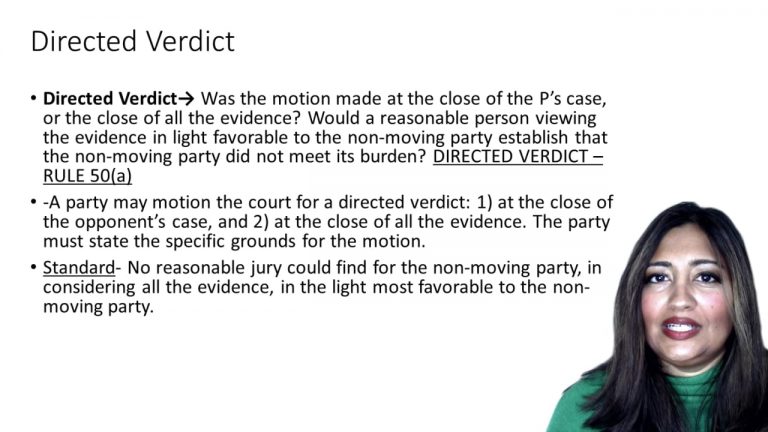SmartBrief
Confirm favorite deletion?
Civil Procedure Keyed to Babcock
Edmonson v. Leesville Concrete Co.
Citation:
500 U.S. 614 (1991)Facts
Plaintiff Edmonson sues Defendant Leesville Concrete for negligence in Federal District court after he is injured on the job. Plaintiff Edmonson requested a jury trial under the Seventh Amendment. During voir dire Defendant Leesville used two of its three statutorily permitted peremptory challenges to remove Black people from the jury pool. Plaintiff Edmonson was also Black. Plaintiff Edmonson requested that the court require Defendant Leesville to state non-racial reasons for its peremptory challenges of the prospective jurors. The court denied the request based on the fact the case was a civil case. The final jury consisted of 11 white people and one Black person. The jury found in favor of Plaintiff Edmonson and awarded $90,000 in damages, but reduced it to $18,000, finding Plaintiff Edmonson to be 80% at fault. Plaintiff Edmonson appealed and the Court of Appeals for the Fifth Circuit affirmed. The Supreme Court of the United States granted certiorari.
Only StudyBuddy Pro offers the complete Case Brief Anatomy*
Access the most important case brief elements for optimal case understanding.
*Case Brief Anatomy includes: Brief Prologue, Complete Case Brief, Brief Epilogue
- The Brief Prologue provides necessary case brief introductory information and includes:
Topic:
Identifies the topic of law and where this case fits within your course outline.Parties:
Identifies the cast of characters involved in the case.Procedural Posture & History:
Shares the case history with how lower courts have ruled on the matter.Case Key Terms, Acts, Doctrines, etc.:
A case specific Legal Term Dictionary.Case Doctrines, Acts, Statutes, Amendments and Treatises:
Identifies and Defines Legal Authority used in this case.
- The Case Brief is the complete case summarized and authored in the traditional Law School I.R.A.C. format. The Pro case brief includes:
Brief Facts:
A Synopsis of the Facts of the case.Rule of Law:
Identifies the Legal Principle the Court used in deciding the case.Facts:
What are the factual circumstances that gave rise to the civil or criminal case? What is the relationship of the Parties that are involved in the case.Issue(s):
Lists the Questions of Law that are raised by the Facts of the case.Holding:
Shares the Court's answer to the legal questions raised in the issue.Concurring / Dissenting Opinions:
Includes valuable concurring or dissenting opinions and their key points.Reasoning and Analysis:
Identifies the chain of argument(s) which led the judges to rule as they did.
- The Brief Prologue closes the case brief with important forward-looking discussion and includes:
Policy:
Identifies the Policy if any that has been established by the case.Court Direction:
Shares where the Court went from here for this case.

 2m 14s
2m 14s